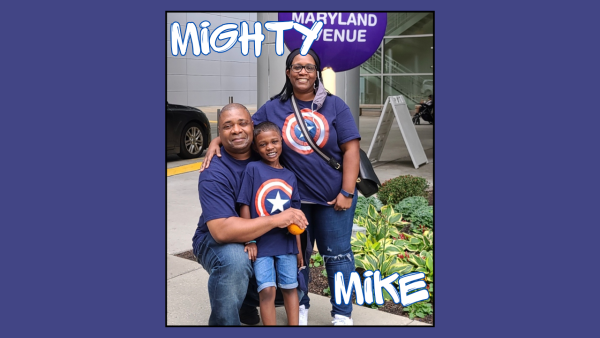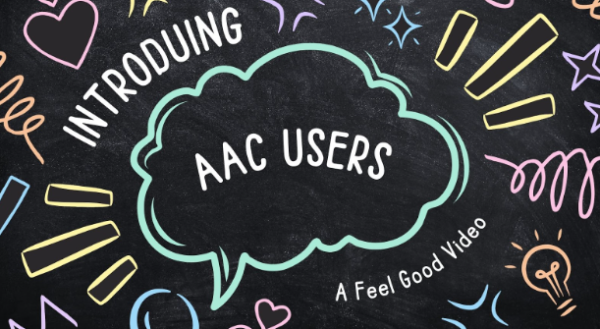English Language Learners
October 29, 2020
The English Language Learners program works to help students in the program inside a classroom setting. Across the corporation, there are ELL teachers that work with these students daily in order to provide them with a successful learning experience.
“This program is to help students who are learning English. It may be their second or third language, so we have this program so that we can help them acquire enough English that they will be successful in the classroom. Some of them do speak English but maybe don’t have the higher level vocabulary because they have another language being spoken at home,” Elementary ELL Teacher Liz Vossos said.
The students in the program can be from other countries or from right here in The Region. There is a newcomer program that specifically focuses on aiding those who have come from another country.
“It is a giant misconception that it is just students who are coming from different countries. Most of them are born in the United states and speak a different language at home with their parents or siblings,” Middle School ELL Teacher Guadalupe Alvarado said.
In order to ensure that students understand what is going on in class, technology is used. There are translator apps that help the students understand what is being said in class to help learn and retain the content.
“We try to use iPads with translators on them and we give teachers strategies and techniques to use in the classroom like labels so students can initially start gaining some vocabulary and some understanding of the English language and then we work on the academic vocabulary as well,” Vossos said.
The ELL teachers spend a lot of time focusing on preparing students for testing. There are many state tests that students are required to take that are not adapted to languages other than English, so preparation is needed.
“We work with third and fourth graders because they are held accountable for high stakes testing, and even though they were born here, their first language was not English at home. We still support some of the language that they need to understand content in the classroom and to be able to do well on those high stakes tests. That’s our goal,” Elementary ELL Teacher Tina Ostrom said.
Along with standardized tests, students may struggle with taking tests in class and working on everyday assignments. The parents of the students are invited to attend a meeting with teachers and school administrators to discuss and plan a path for the student’s success.
“We have annual meetings with the ILPs which are the individual learning plans for all the ELLs. At the middle school level, that is where the ELL teacher, sometimes the ELL coordinator, the English teacher of that student, and the principal of the school [are present] and we all decide on the accommodations of that student to see what would service that student best in a classroom with the structural settings, with the assessment [and] state tests. We do that every year with every student,” Alvarado said.
If students speak the same language as one of their peers, it is encouraged that they communicate and use translanguaging to help each other learn the new language of English. Translanguaging is when students use their first language, and the new language to communicate.
“If there is someone in their classroom that speaks the same language, we encourage them to [use] translanguaging to help them understand their new language which is english. We encourage keeping the culture and speaking their first language at home. Way back when in the past, it was sort of an ‘English only’ kind of model and now that’s not true. We want them to be bilingual, we want them to use their first language because the more fluent they are in their first language, the more connections they can make in their new one and it helps them to learn and we want to keep their culture alive too,” Ostrom said.














